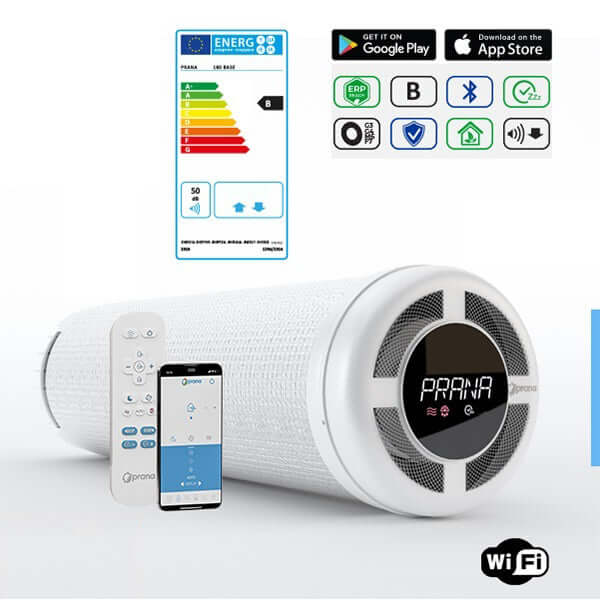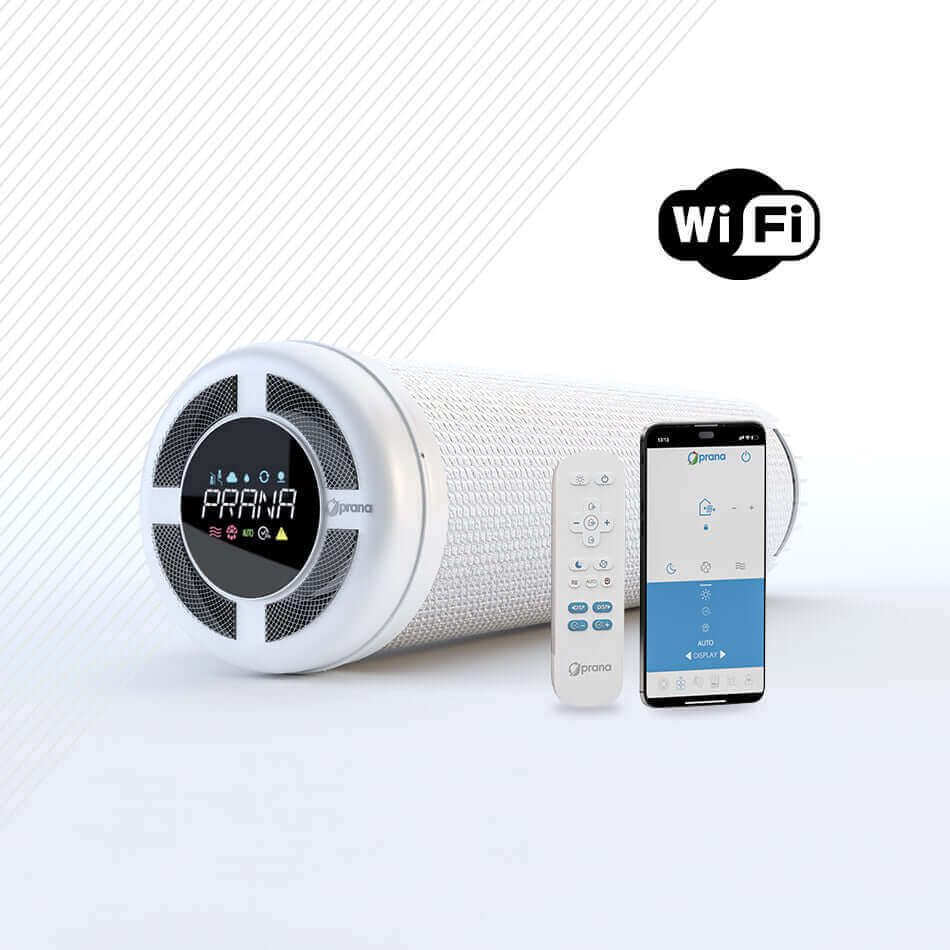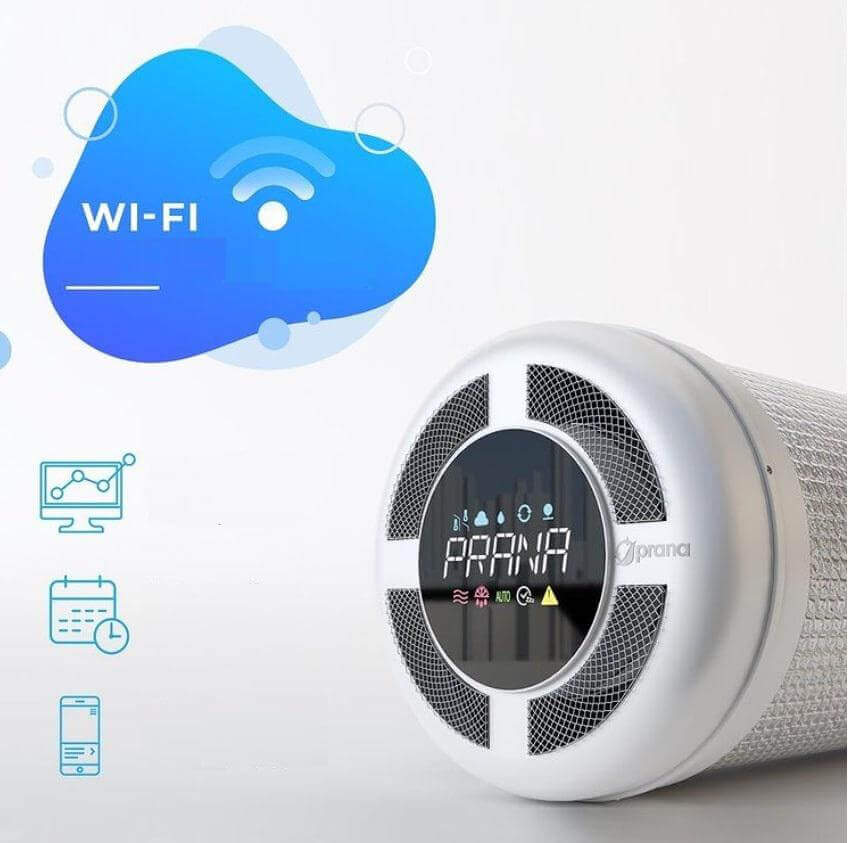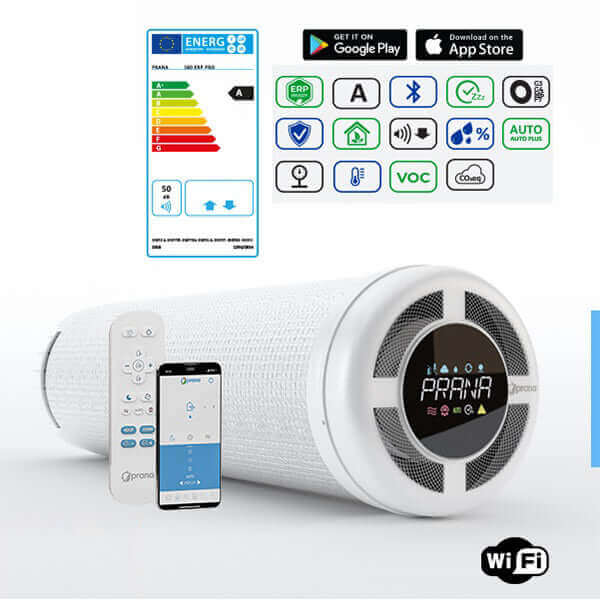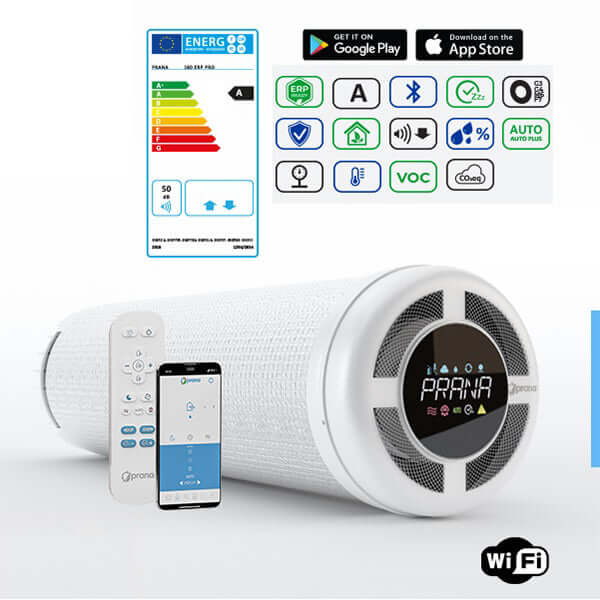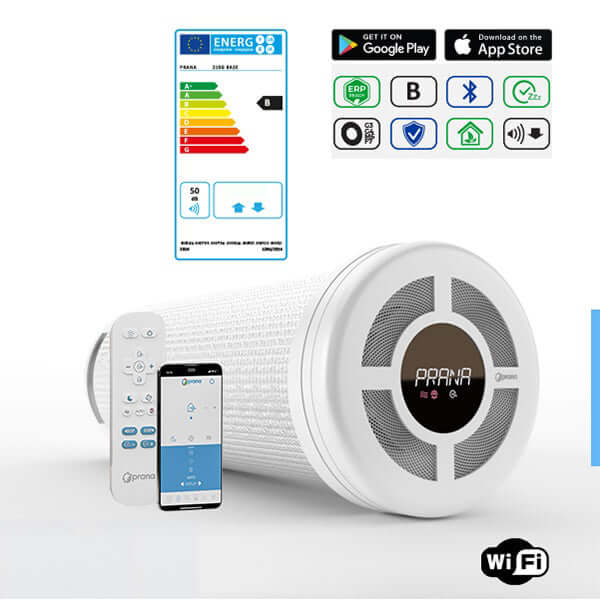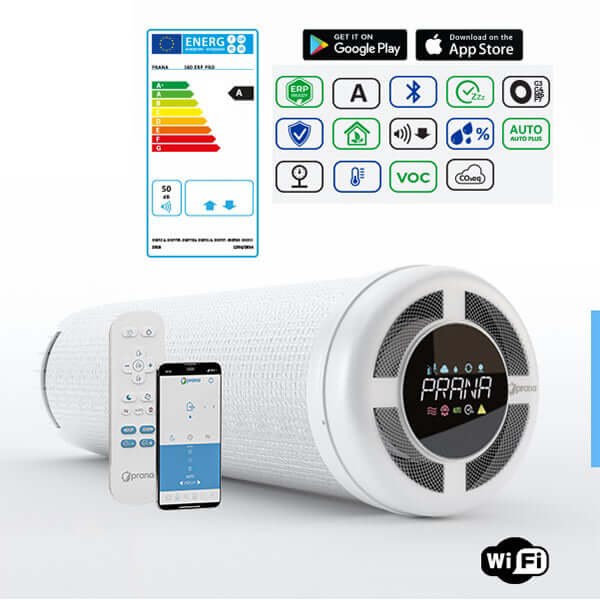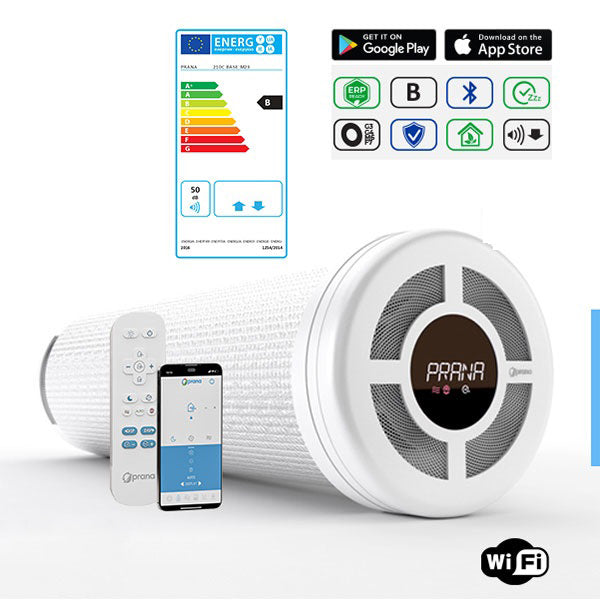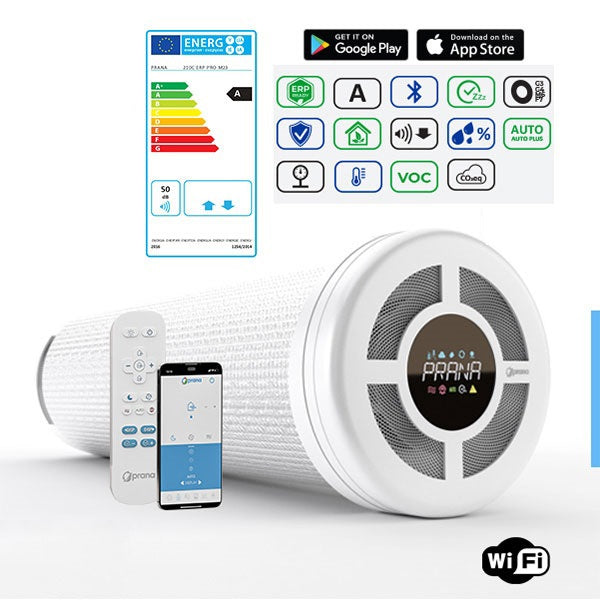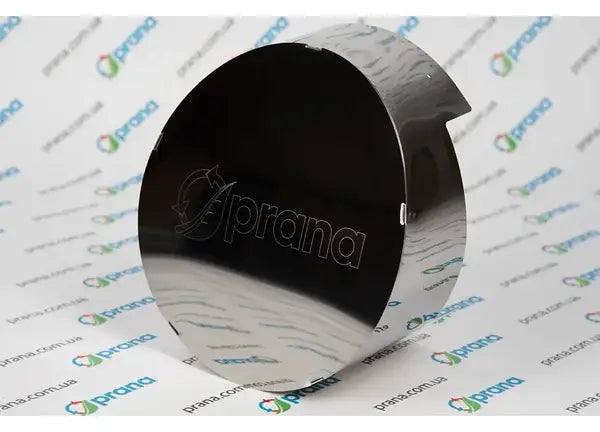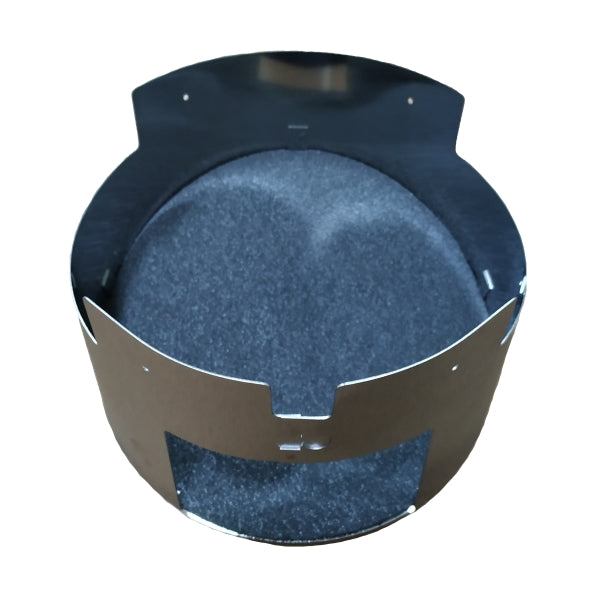Filters
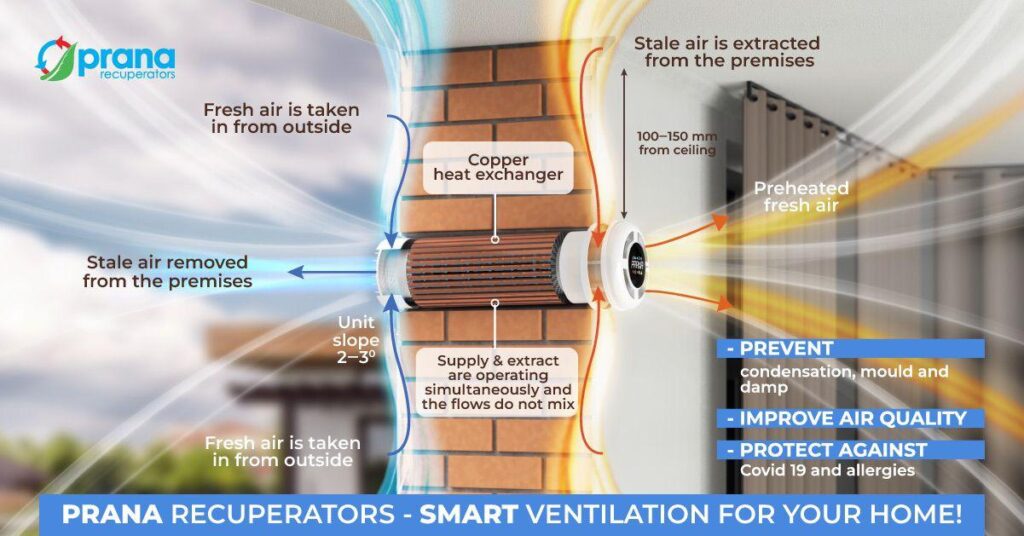
Decentralised MVHR
What Is Decentralised Ventilation and Why Choose It?
Simply put, decentralised ventilation uses small units installed room-by-room rather than a central ducted system. Each device exchanges indoor and outdoor air through a wall-mounted fan and heat exchanger. These systems are ideal when space is limited or when retrofitting a full ventilation network is not realistic. With a decentralised ventilation system, you can upgrade your home’s air quality without major construction work.
Thanks to their flexibility, these units are a popular choice in home offices, lofts, converted basements, or annexes. Local ventilation means that each area can be controlled independently, based on how and when the room is used. That’s not just smart — it’s efficient.
Why Use Localised Ventilation with Heat Recovery?
Choosing decentralised ventilation with heat recovery brings two big advantages: better air and lower bills. These systems remove humidity, pollutants, and stale air, all while retaining up to 90% of the heat from the outgoing flow. This means you keep your home fresh and warm — without opening a window or wasting energy.
Because each room is ventilated separately, local ventilation also gives you more control. You can ventilate the kitchen after cooking, run the bedroom unit overnight, or pause operation when a room is unoccupied. It’s flexible and tailored to your lifestyle, making it ideal for properties of all types and sizes.
Decentralised MVHR: Energy-Efficient Air Exchange
Decentralised MVHR systems bring fresh air into a room and remove stale air through the same unit, typically installed directly in an external wall. A decentralised MVHR unit contains a heat exchanger that recovers thermal energy, reducing the need for additional heating. This approach is widely used in modern apartments, student housing, and eco-renovations where energy efficiency is a priority.
With no central ductwork required, installation is fast and unobtrusive. A decentralised heat recovery ventilation system is ideal for projects where speed, cost, and flexibility matter — especially in homes with thick walls or multiple storeys.
How to Select the Best Decentralised Heat Recovery Unit
When considering a decentralised heat recovery unit, think about the room size, ventilation needs, and any features you may want. Many models now include smart controls, humidity sensors, and silent operation for bedrooms. The most efficient designs use ceramic or aluminium cores to capture and transfer heat with minimal energy use.
Whether it’s one unit or multiple, a decentralised mechanical ventilation with heat recovery setup allows you to expand gradually. You can start with a single-room solution and add more later — making it ideal for phased renovations or smaller budgets.
Understanding Decentralised Mechanical Extract Ventilation
If you’re focused on moisture control or odour removal, decentralised mechanical extract ventilation (DMEV) might be the better fit. These systems extract air without heat recovery and are typically used in bathrooms, kitchens, or utility rooms. They’re simple, quiet, and easy to maintain — and can be combined with MVHR in other parts of the home.
For example, you might install a DMEV fan in your en-suite and a decentralised MVHR in the bedroom. This hybrid approach gives you control over cost and performance, ensuring each room has the right solution — without unnecessary complexity or compromise.


